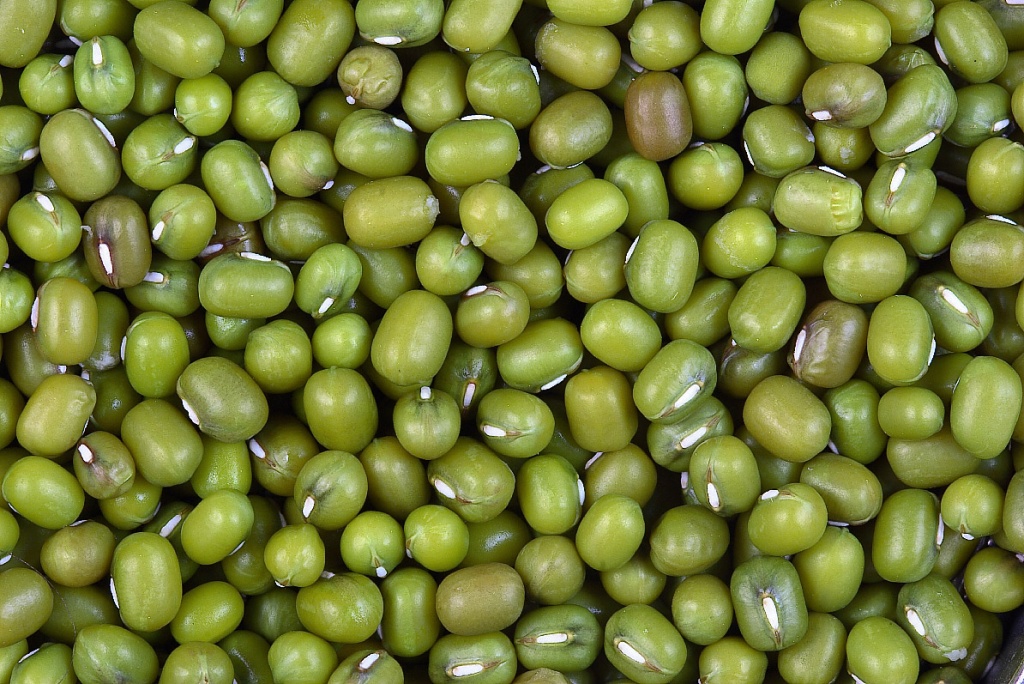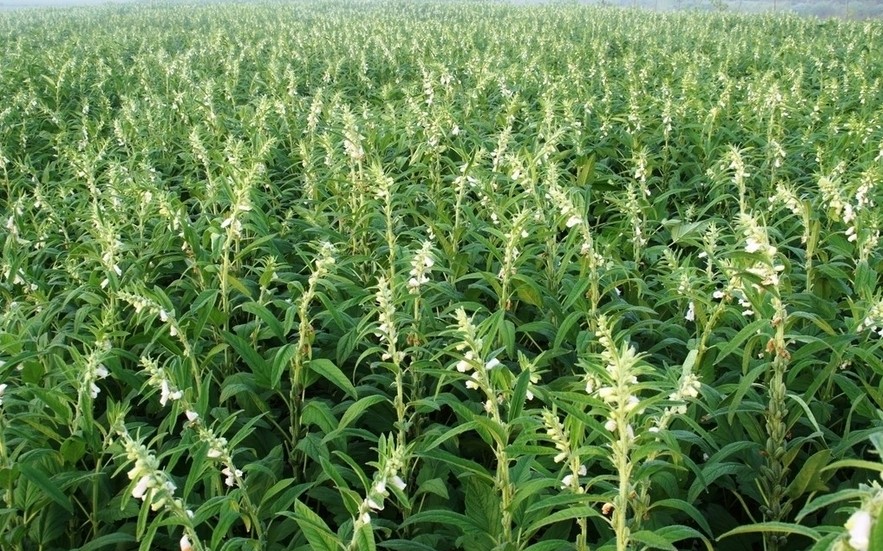
Green grams or mung beans and in Kiswahili Ndengu. They are loved for their numerous health benefits including fight of breast cancer.
Farmers growing green grams and groundnuts in most parts of the country have a better chance of earning more as compared to their counterparts who grow other legumes owing to the high price of the two commodities in Kenya’s big markets like Nairobi, Mombasa, Kisumu, Nakuru, Eldoret, etc.
Among legumes alone, groundnuts of 110kg trade at Sh11200 in Nairobi, Sh11550 in Mombasa, Sh12000 in Kisumu, Sh11000 in Nakuru, Sh11250 in Eldoret, Sh16200 in Malindi, Sh16500 in Busia while green grams of 90kg sells at Sh8300 in Nairobi, Sh6750 in Mombasa, Sh8800 in Kisumu, Sh7600 in Nakuru, Sh11700 in Eldoret, Sh9300 in Malindi and Sh9000 in Busia according to National Farmers Information Service (NAFIS).
This is slightly higher as compared to other legumes across the country as in the table below:
Commodity Weight (KG) Nairobi Mombasa Kisumu Nakuru Edroret Busia
Cow Peas 90 8100 6750 8800 8100 7650 9000
Fresh Peas 51 2400 2500 2700 2500 2550 3500
Beans Rosecoco 90 7200 7000 7200 5500 9000 8100
Beans Canadian 90 7650 8800 8000 5000 8000 7650
Beans Mwitemania 90 6800 7800 5000 7920
Though Dolichos (Njahi) is also doing well in terms of price among legumes even more than green grams, it is not present in most of the Kenyan markets. A 90kg of this legume trade at Sh9800 in Nairobi, Sh8100 in Mombasa, and Sh13500 in Eldoret. Its price is more than the price of green grams in the same markets.
Groundnuts (Njugu Karanga-Swahili) are mainly grown in western Kenya by small scale farmers both for food and sale.
These areas have a tropical climate suitable for farming. There are two main varieties of groundnuts in Kenya namely the runner type and the bunch type (Red Valencia).
Bunch varieties are small, tastier and a highly marketable variety. It matures in 60 – 75 days.
The runner is the larger variety and is preferred because of the high yields, it matures in 90 – 100 days.
Green grams on the other hand mature in 60 to 90 days. The early maturing varieties can often produce before drought destroys many bean species. Two varieties can be distinguished in Kenya. They are "KVR 22" ("N 22") and "KVR 26" (N 26).

















